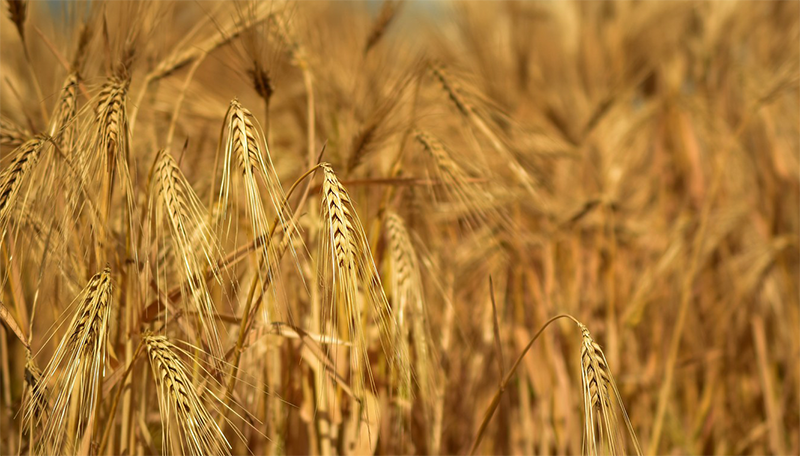Oman’s wheat production up 300%

The Sultanate of Oman has witnessed a staggering 300% growth in wheat production between 2018 and 2023, reflecting the country’s commitment to improve agricultural productivity and food security. This growth is attributed to strategic initiatives and collaborations led by the government and academic institutions.
According to Dr. Muhammad Farooq, Associate Professor and Head of the Department of Agriculture and Marine Sciences at Sultan Qaboos University, Oman has made significant progress in improving wheat productivity and sustainability. Key to this progress has been the introduction and development of high-yielding, stress-tolerant soft wheat genotypes, coupled with the expansion of cultivation areas. Government support has also been crucial in overcoming challenges such as water shortages and labor shortages.
“Further research is needed to adapt the wheat production system to Oman’s unique agricultural ecosystem,” Dr. Farooq emphasized in a video post. He emphasized the need for close collaboration with the private sector for seed multiplication, production and marketing. Moreover, involving young students in research activities, organizing field days in farmers’ fields and conducting on-farm demonstration trials are important strategies to stimulate human resource development in the wheat industry.
The original goal of the study was a modest 5% increase in wheat yields. However, the collective effort far exceeded expectations, emphasizing the potential for sustainable agricultural development in Oman. The result has been the selection of high-yielding, drought- and heat-tolerant soft wheat genotypes that are well adapted to Omani conditions.
In addition, the development of a superabsorbent biopolymer derived from dead palm leaves has improved soil moisture retention over long periods of time. Innovations in seed dressing methods using new compounds in nanocompositions further optimized wheat productivity at different moisture levels.
This progress has had a tangible impact on the food security sector, revealing high-yielding seeds that are resilient to drought and climate change. These achievements reaffirm Oman’s commitment to promoting agricultural innovation, sustainability, productivity and resilience in agricultural development and food security.
In comparison, Oman’s wheat production in the 2022/2023 agricultural season increased by 229% to 7,119 tons compared to 2,169 tons in the previous 2021/2022 season. Statistics from the Ministry of Agriculture, Fisheries and Water Resources show that wheat was grown on a total area of 6,359 acres in the 2022/2023 season, an increase of 160% over the previous year.
The number of wheat farmers also increased by 24%. Dhofar province led wheat production with 5,940 tons, accounting for 83% of the total production. It was followed by Al Dakhiliya province (801 tons), Al Dahirah province (249 tons), Al Buraimi province (38 tons), Al Batinah North province (35 tons), Al Sharqiya North province (33 tons), Al Batinah South province (16 tons), Musandam province (2.4 tons), Al Sharqiya South province (2.3 tons) and Muscat province (0.7 tons).
Read also
Merry Christmas and Happy New Year!
Bangladesh to purchase rice, edible oil and lentils to stabilize prices ahead of R...
Ukraine does not claim the money received by Polish or Hungarian farmers – K...
Algeria purchased half a mln tons of durum wheat
Ban on Chinese drones raises concerns among US soybean farmers
Write to us
Our manager will contact you soon



